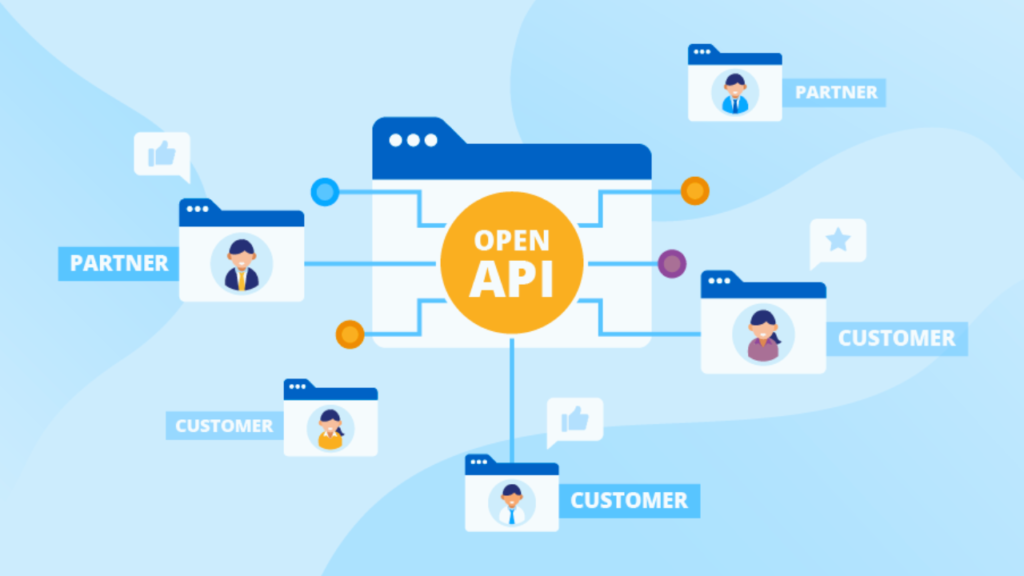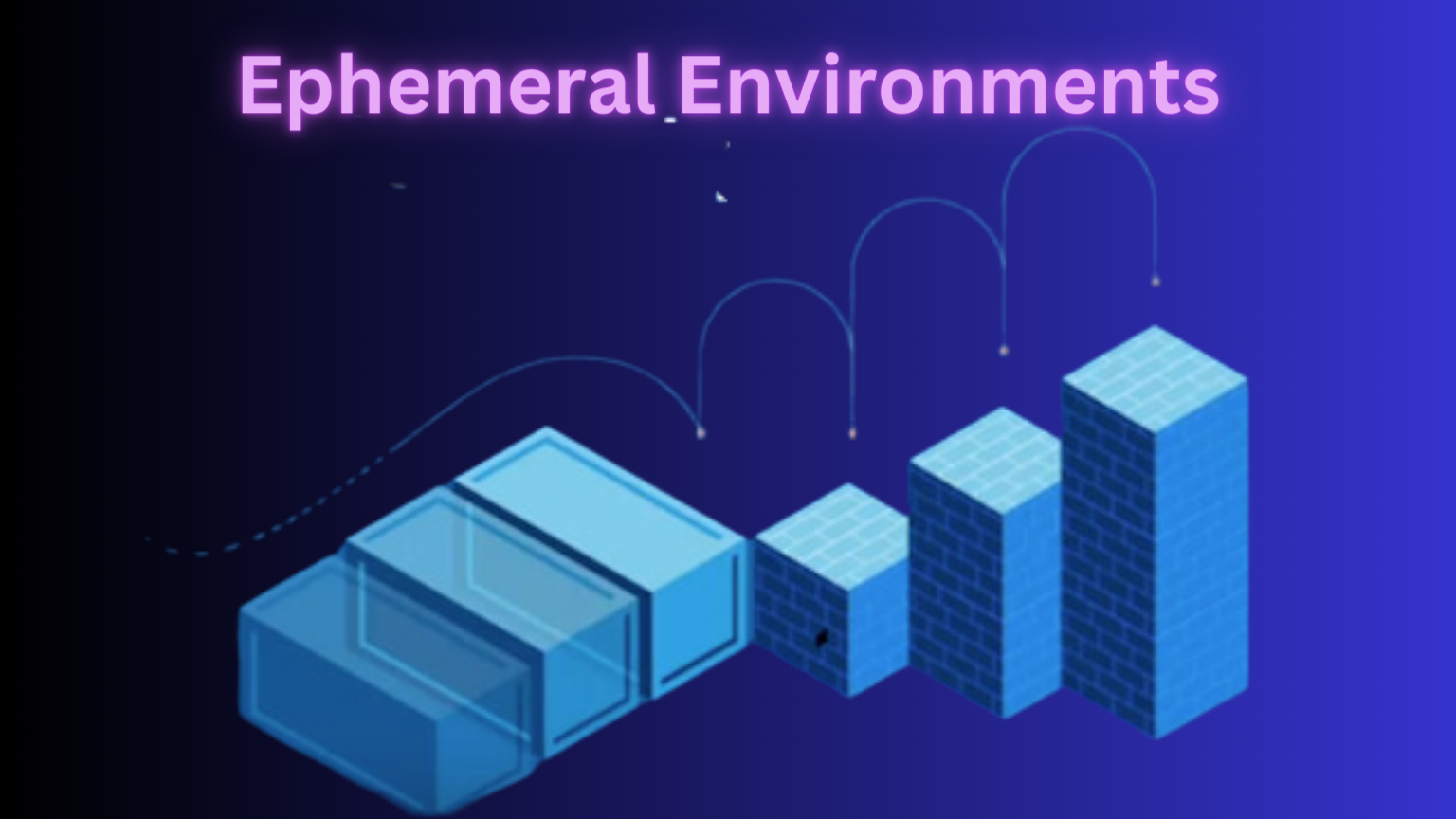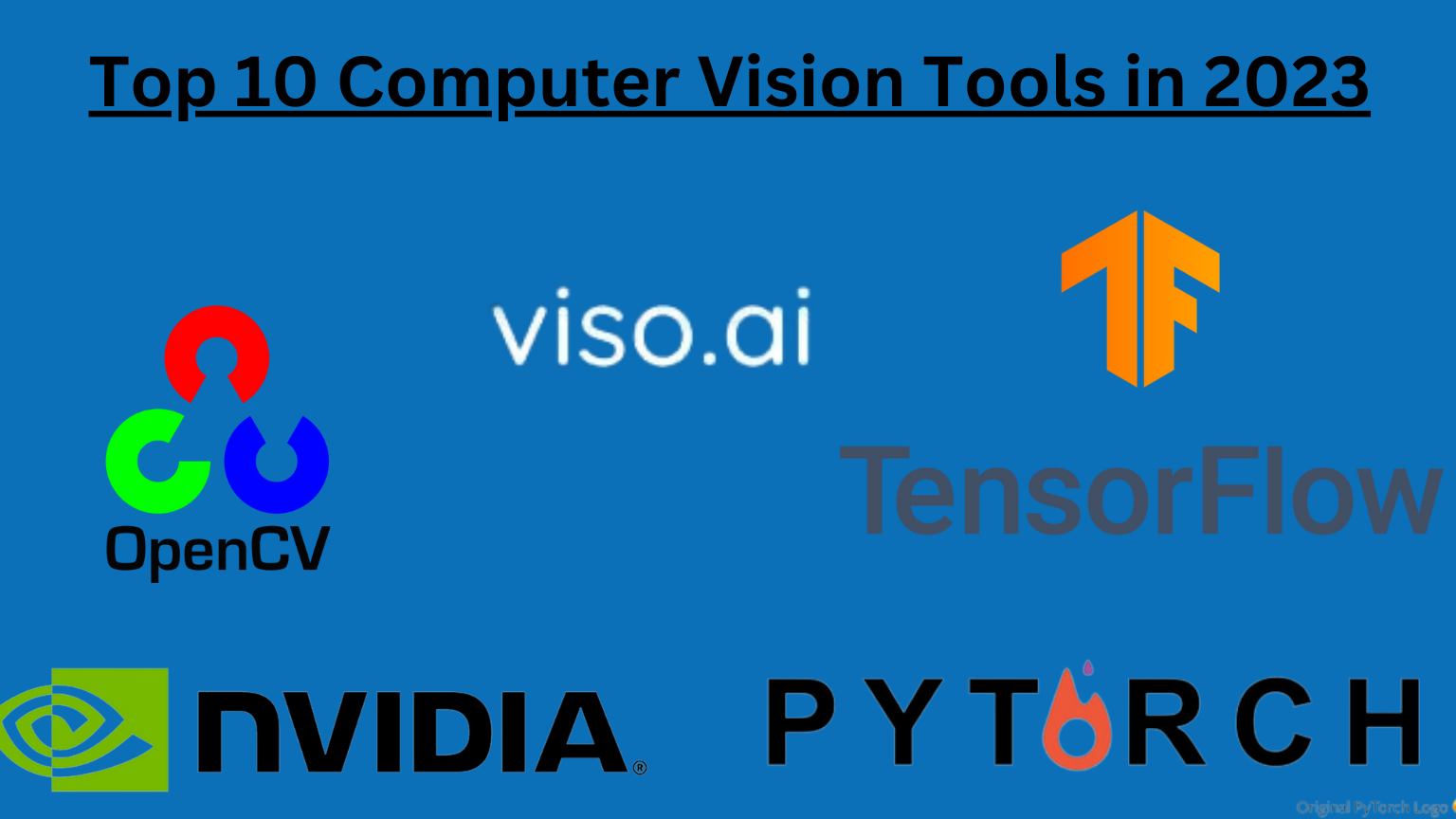Whether you’re a business owner, developer, or IT professional, understanding APIs is essential for staying competitive and meeting the needs of your customers. In this book, you’ll learn everything you need to know about APIs, from their history and evolution to best practices for design, security, and management.
So, whether you’re new to APIs or looking to expand your knowledge, this Api’s for Dummies guide is the perfect resource for unlocking the power of APIs and taking your business to the next level.
What Exactly is an API?
An API, or Application Programming Interface, is a set of protocols, routines, and tools for building software applications. APIs allow different software applications to communicate with each other and share data. They provide a way for developers to access the functionality of an existing software application or service, without having to build that functionality from scratch.
APIs are used in a wide range of applications, from mobile apps to web applications to IoT devices. They are often used to integrate different software systems, allowing them to work together seamlessly. APIs can be used to retrieve data from a database, perform calculations, or execute other functions.
Further, apis are typically designed to be easy to use and well-documented, so that developers can quickly and easily integrate them into their own applications. They are often provided by third-party companies or services and may be available for free or for a fee.
How Does an API Work?
APIs work by providing a set of protocols, routines, and tools that allow different software applications to communicate with each other and share data. When a developer wants to use an API, they typically start by reading the API documentation to understand how it works and what functionality it provides.
The documentation will typically include information on how to authenticate with the API, how to make requests, and how to handle responses. To use the API, the developer will typically write code that makes requests to the API using HTTP or HTTPS.
The request will typically include information about the data that the developer wants to retrieve or the action that they want to perform. The API will then process the request and return a response, typically in the form of JSON or XML data. The response will include the requested data or information about whether the requested action was successful.
API’s For Dummies – Some Use Cases
Here are some use cases of APIs:
1: Mobile App Development:
APIs are commonly used in mobile app development to integrate different services and data sources into the app. For example, a weather app might use an API to retrieve weather data from a third-party service.
2. E-commerce:
APIs are used extensively in e-commerce to integrate different systems and services. For example, an online retailer might use an API to integrate their website with a payment gateway or a shipping service.
3. Social Media:
APIs are used extensively in social media to allow developers to build applications that interact with social media platforms. For example, a developer might use the Twitter API to build an app that allows users to post tweets or retrieve tweets from their timelines.
4. Internet of Things (IoT):
APIs are used in IoT to allow different devices to communicate with each other and share data. For example, a smart home system might use APIs to allow different devices to communicate with each other and with a central hub.
5. Data Integration:
APIs are used extensively in data integration to allow different systems to share data with each other. For example, an enterprise might use APIs to integrate data from different departments or systems into a central data warehouse.
Serverless Vs Containers – Which One to Choose and Why?
Different Types of API’s
There are several different types of APIs, including:
1: Open APIs:
Also known as public APIs, these APIs are available to developers and other users with minimal restrictions. They are often used to allow third-party developers to build applications that integrate with a particular service or platform.

2. Internal APIs:
Also known as private APIs, these APIs are used within an organization to allow different teams or systems to communicate with each other. They are not available to external developers or users.
3. Partner APIs:
These APIs are designed for use by specific partners or customers of a particular service or platform. They are often used to provide access to premium features or data.
4. Composite APIs:
These APIs are built by combining multiple APIs into a single interface. They are often used to simplify the process of integrating multiple services or platforms.
5. REST APIs:
REST (Representational State Transfer) APIs are a type of web API that uses HTTP requests to retrieve or manipulate data. They are widely used in web and mobile applications.
6. SOAP APIs:
SOAP (Simple Object Access Protocol) APIs are a type of web API that uses XML to exchange data. They are often used in enterprise applications.
Final Thoughts!
So, from mobile app development to e-commerce and IoT, APIs are used in a wide range of applications and industries. This book provides a comprehensive guide to understanding APIs, including their history, evolution, and different types.
It also covers best practices for API design, security, and management, as well as tips for building effective API technology platforms. Whether you’re an API provider or consumer, this book is an essential resource for making smart business and IT decisions. So, dive in and discover the power of APIs for your business!

















